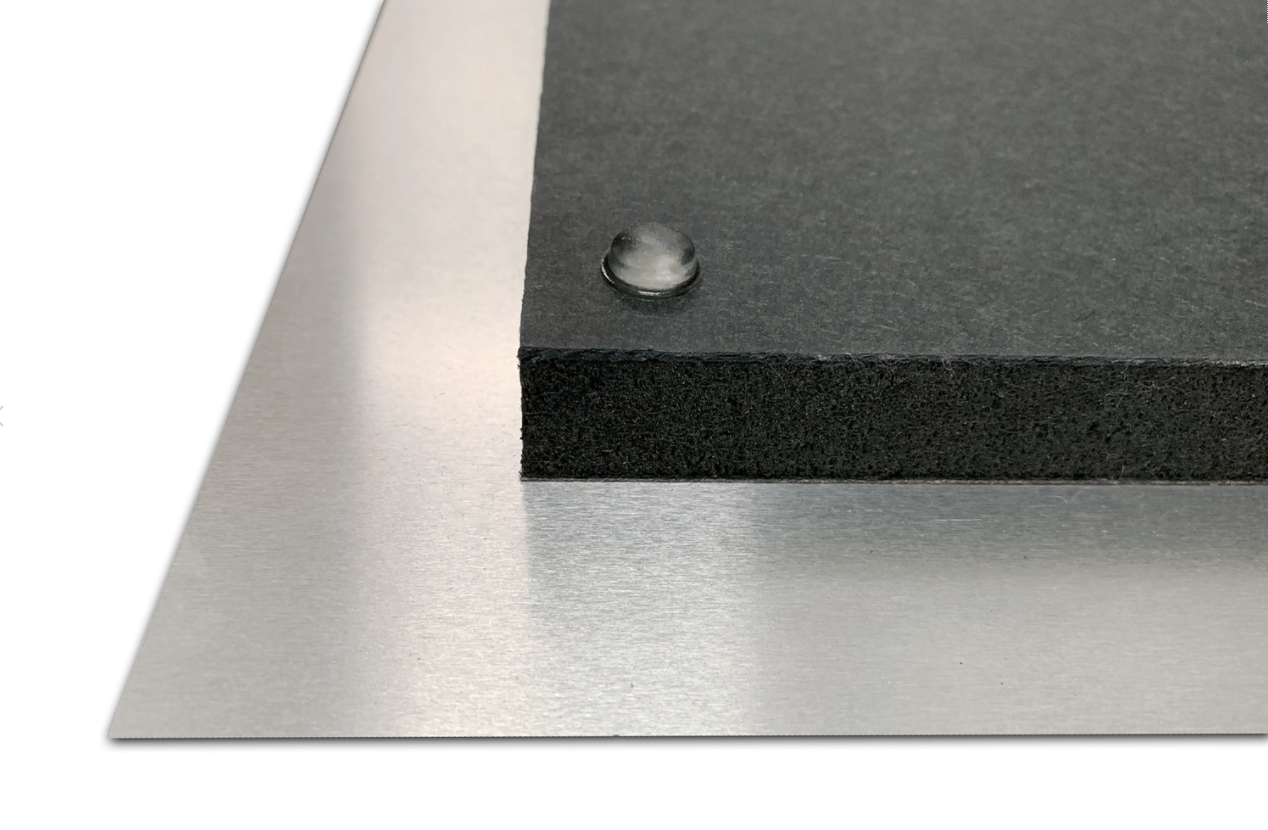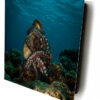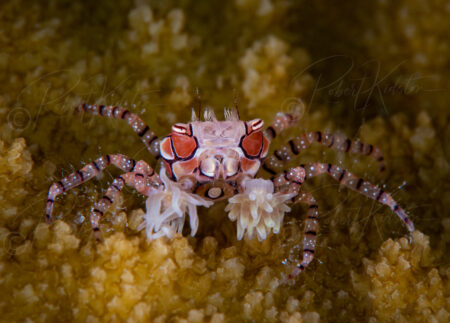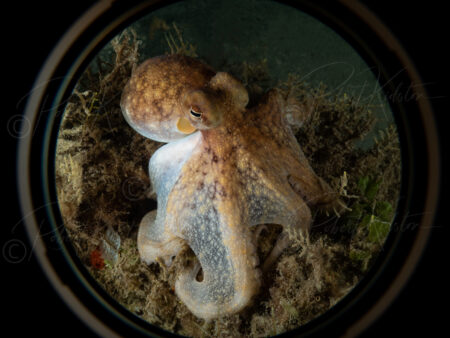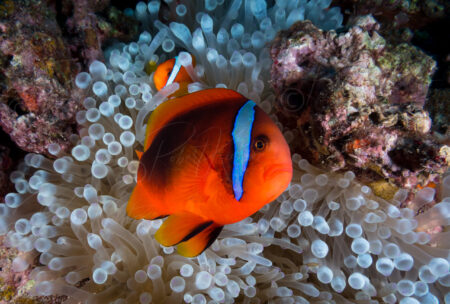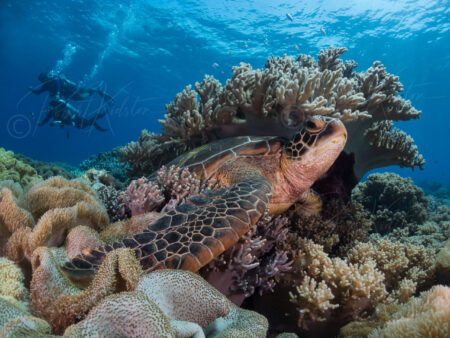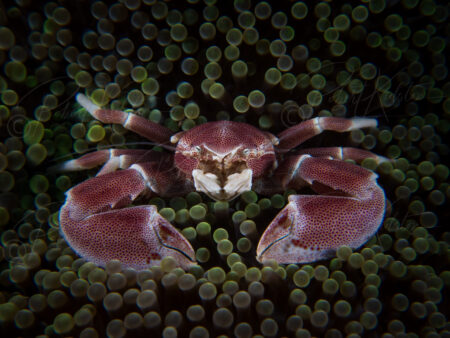No products in the cart.
Octopus All Wrapped Up
Save for laterRemove, save for later
Save for later
Want It Bigger? Get a Custom Quote
Description
We offer three finishes to customize your favorite wall-ready Kidston Photography piece:
GLOSS – By far our most popular. This finish provides amazing color depth and luminosity. Rich vibrant colors glow on this unique surface.
SEMI-GLOSS – This finish bridges the gap perfectly between Gloss and Matte. It has the same qualities in color depth as the gloss and has a touch more luminosity than the matte. This finish is less reflective than gloss which is ideal for heavily lit areas where glare can be a concern.
MATTE – This can be a choice if reflection is a concern. This surface provides a rich, smooth finish where colors come alive in a more subtle way than the gloss.
THE STORY BEHIND THE PHOTO
Subject
Octopus
Location
Kerama Island, Okinawa, Japan
Equipment
Canon Camera with dual ion strobes
Dive
16 meters (52 feet at depth) during a day dive
Octopus will show different colors, but it is rare to see the tentacles all wrapped up around his body. I have only seen it a handful of times and only got it on camera twice. Shooting below an Octopus is ideal so you can see the water behind them. This gives the picture some depth. I was lucky enough for him to cooperate enough, so I had that angle and time to get into position. The sun can change how much light you need from your strobes. The sun can be out and bright and then clouds come rolling in. This can affect your image color if you are shallow. At depth it can make some impact.
The lighting, shutter speed, ISO and aperture are the keys to good images. The shutter speed is your dimmer, how much light you allow into the image. ISO is the camera’s ability to brighten the image with no light. Aperture is the window that allows light when taking the picture. A higher aperture number on your camera is a smaller window. When I am taking a picture of an octopus like this, I have shutter speed adjusted based on how close I am to the surface and how bright the water is. I tried to keep the ISO under 250 and my aperture for this octopus was at mid-range. The only exception to this is when I am shooting very small octopus.
The bigger the octopus the more I have to open up the aperture, to allow more light, into the camera because I am further away from the subject. I had to keep thinking about these adjustments while shooting this octopus because the light was changing with the sun and the octopus was moving. This octopus was about done with me, and this dive was almost coming to an end when I took this shot.
All Products
© Kidston Photography 2023.






